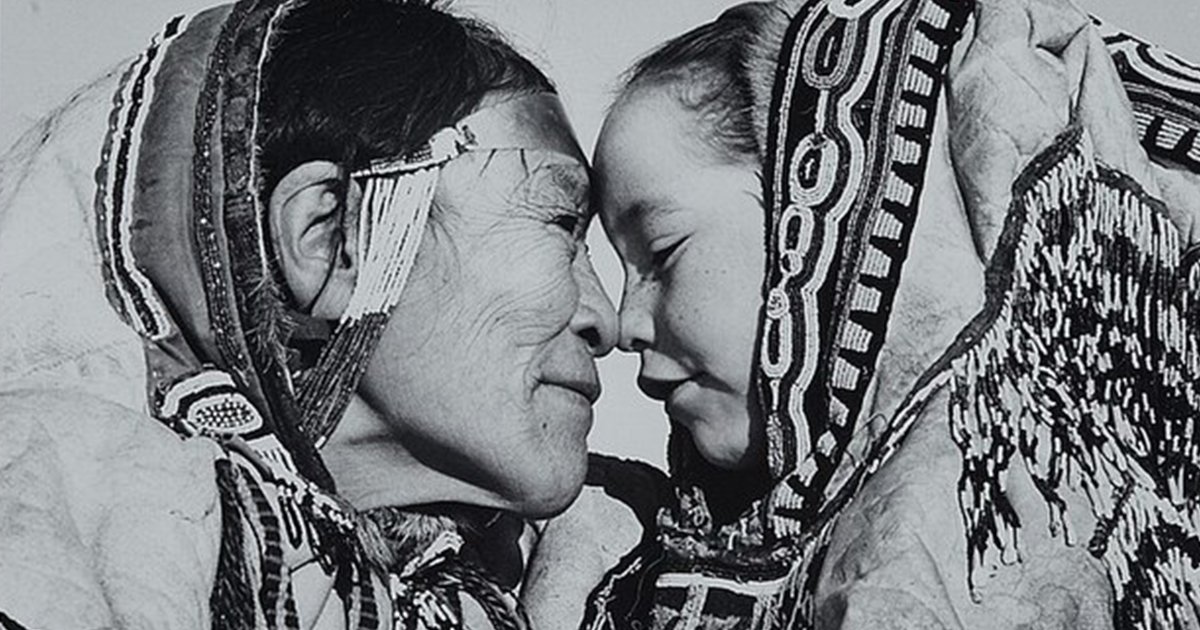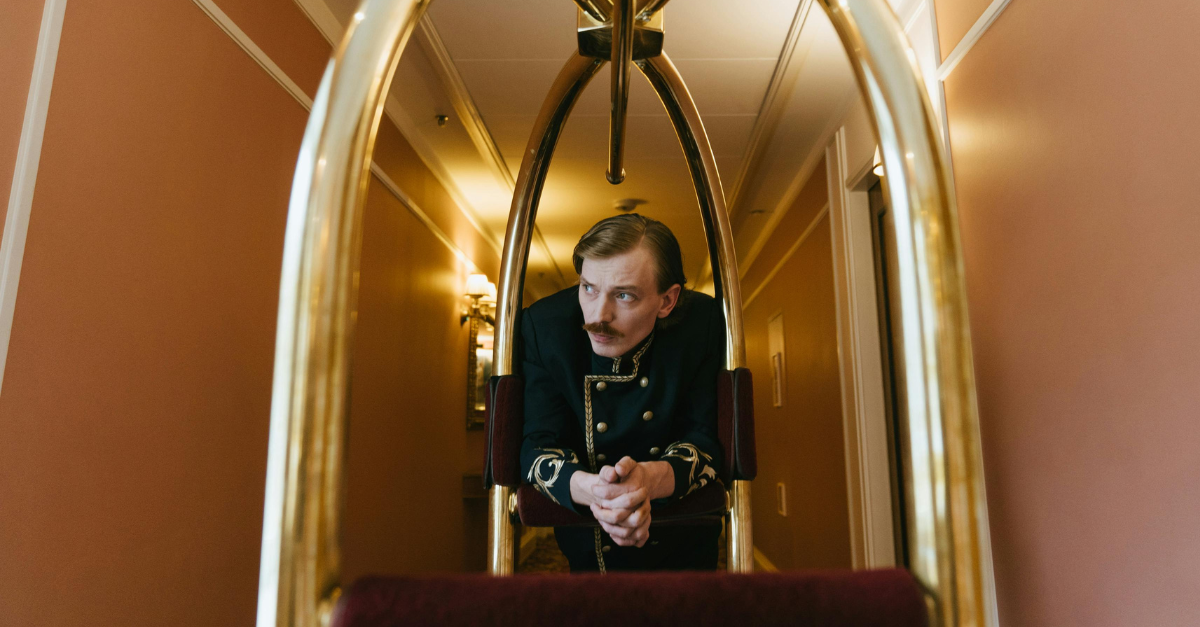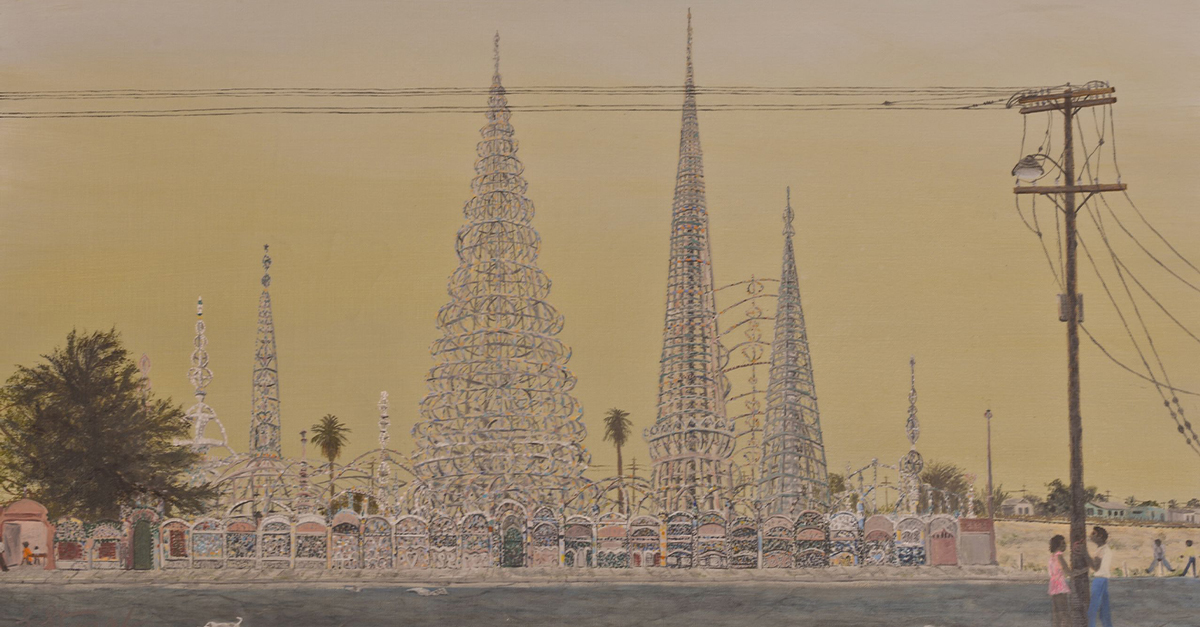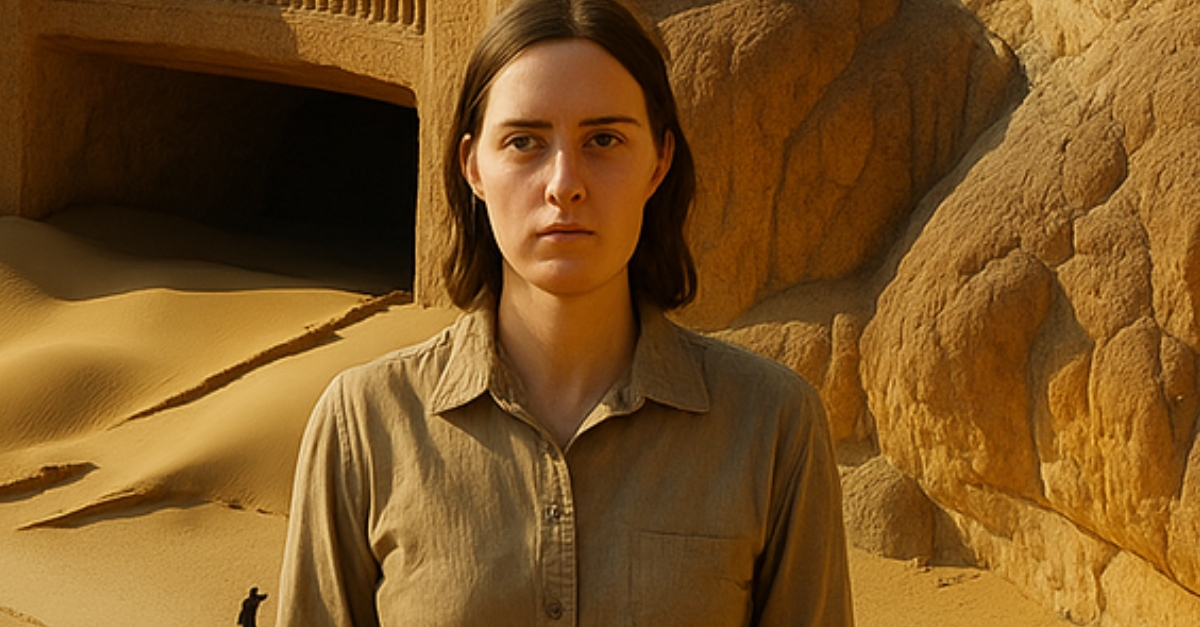Not So Innocent
There are parts of our everyday life that we don't question—products, traditions, or games that seem innocent. However, everything has a history, and some origin stories are darker than others.

Graham Crackers
In the early 19th century, graham crackers became the answer to a shocking moral dilemma: The younger generation's carnal desires and urges.
 Leslie Seaton, CC-BY-SA-2.0, Wikimedia Commons
Leslie Seaton, CC-BY-SA-2.0, Wikimedia Commons
Graham Crackers
Reverend Sylvester Graham thought that a preoccupation with sensual pleasure was a result of a terrible diet. After all, his own diet was quite rigid and bland. Graham was a vegetarian who'd turned his back on spices, tobacco, sugar, and caffeine—or in other words—flavor.
 Library of Congress, Wikimedia Commons
Library of Congress, Wikimedia Commons
Graham Crackers
To save the youths from their dangerous passions, Graham invented the most boring cracker imaginable. It wasn't like the graham cracker we know today. Instead, it had no flavor at all, which was supposed to help suppress emotions.
 Internet Archive Book Images, Wikimedia Commons
Internet Archive Book Images, Wikimedia Commons
Graham Crackers
Unsurprisingly, Graham's cracker was not the cure he'd hoped it would be. Over time, the recipe became so warped (and delicious)—it would probably enrage the reverend if he was still alive today.
Candy Land
Candy Land is a beloved board game that ignites the imagination with its delicious destinations. But as innocent as it seems, the game actually has a tragic backstory.
Candy Land
In 1948, a retired schoolteacher name Eleanor Abbott received a chilling diagnosis: She had polio. Sadly, at the time, the vaccine for polio wasn't discovered yet. Abbott faced a scary future as the disease could cause paralysis or even be fatal.
Candy Land
During the polio epidemic, children were the most effected. That's how Abbott found herself in an isolated ward in the company of many ill children. It was a trying time, and all of the patients needed something to lift their spirits and take their minds off of their sad situations. That's when Abbott came up with a brilliant idea.
Candy Land
Abbott came up with the idea for a board game and made a rough draft of what would eventually become Candy Land. The sick kids absolutely adored it. Down the road, Abbott presented her product to Milton Bradley, the game company. And the rest is history.
 digitalreflections, Shutterstock
digitalreflections, Shutterstock
Treadmills
If running on the treadmill feels like torture, then you already have insight into this exercise machine's chilling origin story.
Treadmills
Back in 1818, an engineer named Sir William Cubitt introduced the "tread wheel," which was made especially for prison inmates. They would walk on the tread wheel to produce kinetic energy, which would operate grain mills and water pumps. But that's not all.
 Henry Mayhew & John Binny, Wikimedia Commons
Henry Mayhew & John Binny, Wikimedia Commons
Treadmills
You see, many of the inmates had to walk on the tread wheel for as long as eight hours. Due to their awful diets, many of them were too weak to walk for so long. As a result, many fell and injured themselves. In a way, the treadmill became a form of brutal punishment.
 Unknown Author, Wikimedia Commons
Unknown Author, Wikimedia Commons
Dance Marathons
Dance marathons seem like a straightforward and entertaining way of raising money for certain causes. For Instance, they've been hosted by the Miracle Network Dance Marathon and the University of Iowa.
However, they have a shockingly dark history.
Dance Marathons
Dance marathons are exactly what they sound like: Particpants dance as long as possible, taking little to no breaks. This, of course, draws audiences and money is often raised. But it wasn't so long ago that these dance marathons reeked of sad desperation.
Dance Marathons
Dance marathons were big entertainment during the Great Depression. Sadly, many of the dancers were struggling financially, hoping to get their hands on the cash prize. This meant many were pushing their bodies too far.
 Everett Collection, Shutterstock
Everett Collection, Shutterstock
Dance Marathons
The dance marathons could be quite torturous. The hours were long and grating. For instance, one dancer even set a record by dancing for 82 hours. However, there was more at risk than the aches, pains, and exhaustion of such a sport.
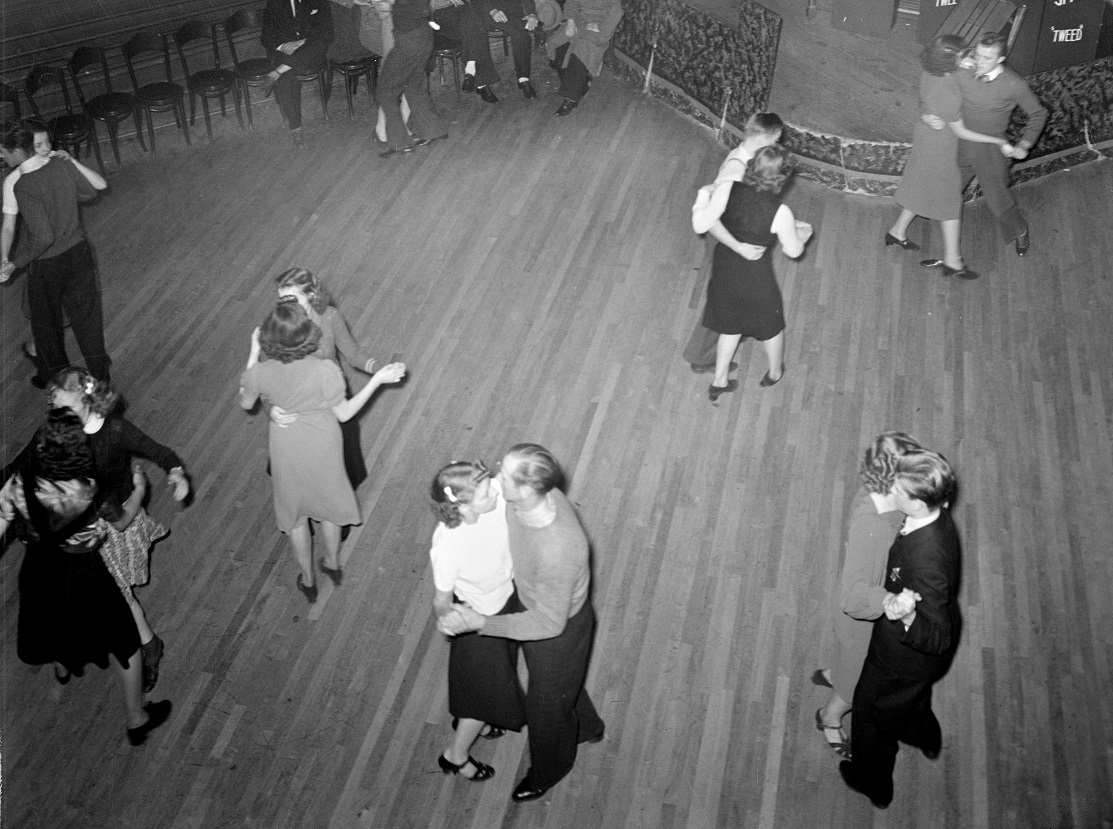 Everett Collection, Shutterstock
Everett Collection, Shutterstock
Dance Marathons
One dance marathon ended in tragedy. A man named Homer Morehouse danced past the point of no return. After 87 hours, his heart gave out and he passed away.
Listerine
We all know Listerine as the mouthwash we use to eliminate nasty breath—but few know that it had many more uses in the past.
Listerine
Listerine was used to treat dandruff, body odor, and even diseases like gonorrhea and smallpox. It was also used as a disinfectant to sterilize surgical tools, as well as a cleaning product. So what was Listerine's origin story?
 Everything You Need, Shutterstock
Everything You Need, Shutterstock
Listerine
During the Victorian era, Dr. Joseph Lister was a doctor who understood the power of keeping clean. He discovered that his patients' mortality rate dropped when he properly washed his hands and equipment. By using carbolic acid to keep things sterilized, his patients were unlikely to develop sepsis.
However, he was not the one to invent Listerine.
Listerine
It wasn't until 1879 that a chemist named Jordan Wheat Lamber decided to create an antiseptic, and named it after Dr. Joseph Lister: Listerine.
Mini Golf
Mini golf's a fun way to spend the evening—a relaxing, simpler version of a full-blown golf game. But why was it even created in the first place? Well, there are a few origin stories—but one is a little unsettling.
Mini Golf
According to one story, mini golf dates back to 1867, starting in St. Andrews, Scotland. An 18-hole course was created just for female golfers. However, there was a catch.
Mini Golf
As "proper" ladies, the women were only allowed to putt as it was considered unladylike for them to swing their clubs higher than their shoulders.
Trick Or Treating
Trick or treating is a fun Halloween tradition, right? Well, it is today—but rewind to pre-Christian Europe, and it had a much darker premise.
Trick Or Treating
Originally, Halloween was the Celtic festival of Samhain. During this festival, bonfires would be lit and sacrifices made in recognition of the dead. But that wasn't all.
Trick Or Treating
Ancient Celts put on costumes too, but not for fun. They'd wear animal skins to scare off spirits, or put food out to keep them at bay.
 Kabuto 7, CC-BY-SA-4.0, Wikimedia Commons
Kabuto 7, CC-BY-SA-4.0, Wikimedia Commons
Trick Or Treating
When Christianity took hold, these ancient traditions evolved into something called "guising." Folks would go door to door as beggars, asking for money or food. In exchange, they'd vow to pray for souls that had already passed on.
Trick Or Treating
It wasn't until the 1930s, that the "trick or treating" we know today came to be. In fact, it didn't really become a huge practice until the 1950s, as this was when family-friendly suburbia became very popular.
 U.S. Army Garrison Japan, Flickr
U.S. Army Garrison Japan, Flickr
Cooties
"Cooties" have always been a common term used on the playground or amongst children. It's all in good fun when a little girl screeches that the boy next to her has given her cooties. To them, cooties are all imaginary—but in reality, they have a devastating origin story.
Cooties
Once you realize that cooties have their roots in WWI, they become a lot less fun. Soldiers suffered terribly in the trenches. In addition to the mental anguish, weather conditions, and injuries, they also had to endure body lice—AKA cooties.
Cooties
The lice could cover the soldiers' body in nasty bites, but they were also a vehicle for spreading diseases like typhus. Thousands of men succumbed to this disease during the war—and the cooties shouldered much of the blame.






















